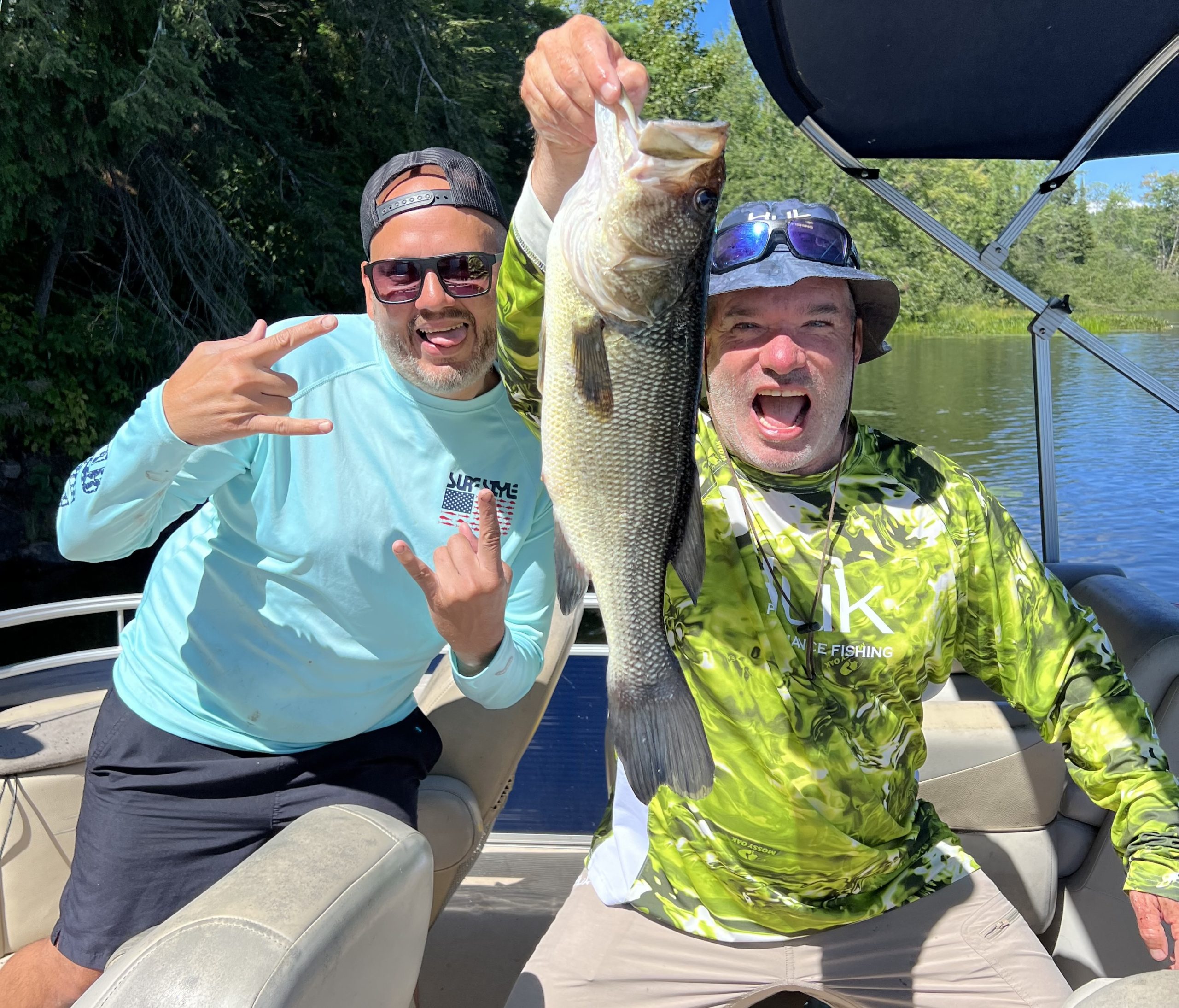
Catching more bass is the goal of every bass fisherman. Fishing is a timeless hobby that has been enjoyed by generations. One of the most popular species to catch is the elusive bass. Bass fishing can be a challenging but rewarding experience, and with the right techniques and knowledge, anyone can improve their chances of catching a big one. In this article, we will provide you with comprehensive and detailed tips on how to catch more bass.
Understanding Bass Behaviour
Before you start fishing for bass, it is essential to understand their behavior. Bass are predatory fish that can be found in various bodies of water, such as rivers, lakes, and ponds. They are known to be opportunistic feeders, meaning they will eat whatever prey is available to them. They are most active during early morning and late evening when the water is cooler. During the day, they tend to rest in deeper water or under cover, such as rocks, logs, and weeds.
Choosing the right Equipment
Choosing the right equipment is crucial when it comes to bass fishing. A good rod and reel combination will make it easier to cast and retrieve your lure. For bass fishing, a medium to heavy action rod with a fast or extra-fast action tip is ideal. The reel should have a high gear ratio, allowing you to retrieve your lure quickly. When it comes to line, use a braided line with a fluorocarbon or monofilament leader. A line with a test of 8-12 lbs is ideal.
Selecting the right Lures
Choosing the right lure is essential when it comes to catching bass. Bass are attracted to lures that mimic their natural prey, such as worms, minnows, and insects. Some of the most popular lures for bass fishing include jigs, spinnerbaits, crankbaits, and soft plastics. When selecting a lure, consider the color, size, and type of bait. Match the color of your lure to the water clarity, and adjust the size and type of bait based on the size of the bass in the area.
Techniques for Bass Fishing
There are several techniques that you can use to catch more bass. One of the most popular methods is called “finesse fishing,” which involves using smaller lures and lighter line to entice the fish. Another technique is called “flipping and pitching,” which involves using a short, heavy rod to drop the lure directly into cover where bass are known to rest. Lastly, “topwater fishing” involves using lures that float on the surface of the water and are retrieved in a way that mimics the movement of prey.
Location Location Location
Knowing where to fish for bass is just as important as choosing the right equipment and lures. Look for areas with cover, such as weeds, logs, rocks, and drop-offs. Bass are known to hide under cover during the day and come out to feed during the cooler parts of the day. Try fishing in shallow water during the early morning and late evening and move to deeper water during the day.
10 Tips
- Pay Attention to Water Temperature: Bass are cold-blooded creatures, and their metabolism increases with the temperature of the water. When the water temperature is in the mid-60s to mid-70s Fahrenheit, bass are most active and likely to feed.
- Use Live Bait: While lures can be effective in catching bass, live bait can be even more successful. Popular live baits for bass fishing include worms, minnows, and shad.
- Vary Your Retrieve: Changing up your retrieve can help entice more bites. Try varying your speed, pausing your retrieve, and using different jerking motions to make your lure look more realistic.
- Fish with the Wind: Bass tend to swim with the current, so it’s best to fish with the wind at your back. This will help your lure move more naturally through the water and increase your chances of catching a bass.
- Try Different Depths: Bass can be found at different depths depending on the time of day and the temperature of the water. Experiment with fishing at different depths to find where the bass are biting.
- Use a Fish Finder: A fish finder can help you locate schools of bass and determine the depth at which they are swimming. This can be particularly helpful in deep water.
- Use Polarized Sunglasses: Polarized sunglasses can help you see beneath the surface of the water and locate cover and structure where bass are likely to be hiding.
- Pay Attention to Moon Phases: Bass are known to feed more actively during certain phases of the moon. The new moon and full moon are particularly good times to fish for bass.
- Fish Early and Late: As mentioned earlier, bass are most active during early morning and late evening when the water is cooler. Plan your fishing trips accordingly to increase your chances of catching a bass.
- Stay Patient: Bass fishing can require a lot of patience. Don’t get discouraged if you don’t catch a fish right away. Keep trying different techniques and locations, and eventually, you will have success.
Conclusion
In conclusion, bass fishing can be a challenging but rewarding experience. Understanding the behavior of bass, choosing the right equipment and lures, and using the proper techniques can increase your chances of catching a big one. Remember to always practice catch and release to ensure the conservation of this popular species. By following these tips, you will be well on your way to becoming a successful bass angler.